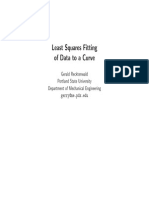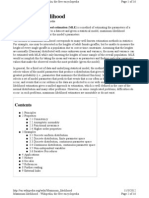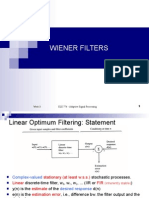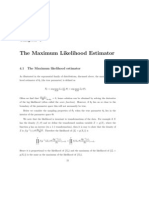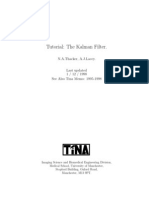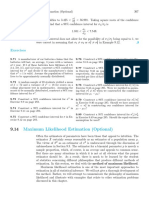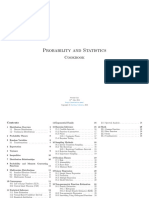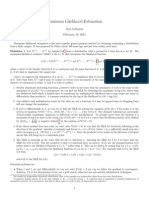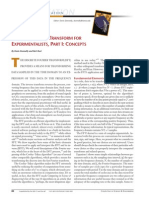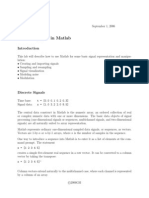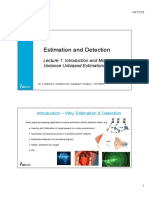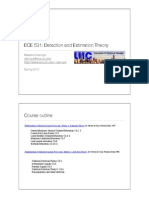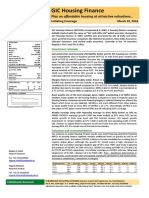0% found this document useful (0 votes)
172 views15 pagesECE 531: Detection and Estimation Theory: Natasha Devroye Devroye@ece - Uic.edu Spring 2011
This document provides an overview of the course ECE 531: Detection and Estimation Theory. The course covers topics in detection and estimation including examples from digital communications, radar, and other applications. Key topics include minimum variance unbiased estimation, the Cramer-Rao lower bound, maximum likelihood estimation, and statistical detection theory applied to deterministic and random signals. The course will use a unified mathematical representation and examples from communications and radar. Grading will be based on homework, exams, a project, and a final exam.
Uploaded by
prasanthiCopyright
© © All Rights Reserved
We take content rights seriously. If you suspect this is your content, claim it here.
Available Formats
Download as PDF, TXT or read online on Scribd
0% found this document useful (0 votes)
172 views15 pagesECE 531: Detection and Estimation Theory: Natasha Devroye Devroye@ece - Uic.edu Spring 2011
This document provides an overview of the course ECE 531: Detection and Estimation Theory. The course covers topics in detection and estimation including examples from digital communications, radar, and other applications. Key topics include minimum variance unbiased estimation, the Cramer-Rao lower bound, maximum likelihood estimation, and statistical detection theory applied to deterministic and random signals. The course will use a unified mathematical representation and examples from communications and radar. Grading will be based on homework, exams, a project, and a final exam.
Uploaded by
prasanthiCopyright
© © All Rights Reserved
We take content rights seriously. If you suspect this is your content, claim it here.
Available Formats
Download as PDF, TXT or read online on Scribd
/ 15











